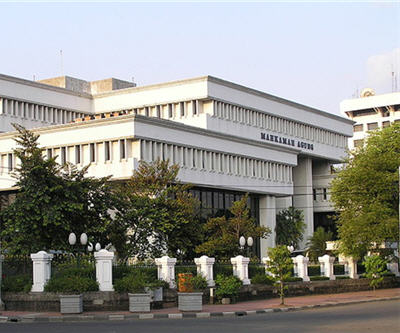
While lead and tin have been receiving lots of love from metals and mining investors recently, the nickel market remains in a slump.
Three-months nickel on the LME has fallen more than 20% in 2013 from opening levels of $17,450 a tonne, hitting 4-year lows in October.
While there’s been a flicker of optimism returning to the market in recent weeks, Tuesday’s price of $13,540 for the steelmaking raw material, remains way below $18,700 in February.
A new report by Platts suggests “much of the problem for the nickel market has been supply-side related.”
A substantial global surplus have developed since 2010 with research by Citi Bank forecasting market supply topping demand by more than 75,000 tonnes in 2013.
Oversupply has not translated into cuts in production. Global output is forecast to rise for the first time to over 2m tonnes in 2015. That’s up from 1.4m tonnes in 2007.
A number of large new nickel laterite projects are being ramped up to full capacity, including:
While not all these project will be brought up to nameplate capacity, large producers are eager to produce at full tilt to drive down overall costs.
For smaller producers that poses a significant threat and some estimates put the portion of loss-making nickel operations around the world at 30% of the total.
The number one uncertainty in the nickel market at the moment is the impact of Indonesia’s proposed ban on export shipments of unprocessed metals which is set to come into effect on January 1.
Indonesia dominates the nickel export business, accounting for 28% of global supply, and should the ban come into effect as planned prices could rise significantly – as much as 20% – 30% according to Standard Chartered or at least $17,000 a tonne according to Citi Bank.
However, the government of Indonesia seems to favour a phasing-in period which could delay an outright ban – if that in fact ever comes into force – to at least 2017.
In the second scenario the next three years would see increasing commercial stockpiles in addition to the ramp up in mine supply, further depressing the market.
China alone has accumulated more than 30 million tonnes of nickel ore in anticipation of Indonesian disruptions and the inexorable rise of nickel warehouse levels over the past two years – hitting a record 248,850 tonnes last week – shows just how much metal is available at the moment:
2 Comments
Deepak Jaisingh
all I know that in anticipation of an Indonesian ban a lot of long positions will be built and they will all get wacked
semuel filex baok
to be more realistic, i don’t think that Indonesian Government will close all doors for nickel and other unprocessed metals, and even more for mid-rank coal exports by January 2014. Indonesia is facing economic slowdown, meanwhile mining & energy sectors have became the largest state revenue for years. It is hard to wasting potential incomes when the country is struggling with poverty and their slowing economic growth. New regulation also stated that miners should build processing plants for metals in 2014, but I’m not sure that it would be achieved even for 2015. To build an infra isn’t as same as you create a small paper boat. Need more time for planning, feasibility, etc…